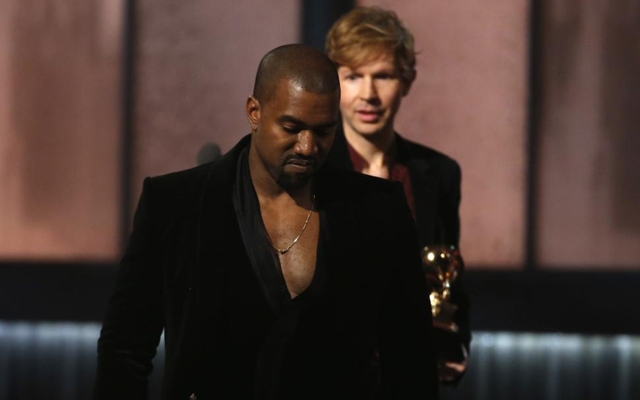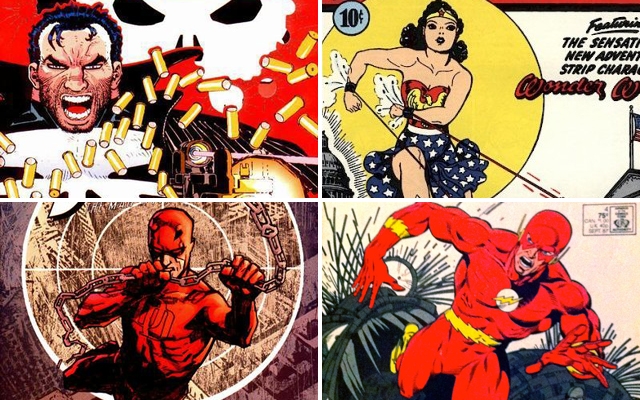Canada is full of great books in every genre, a lot of them under-publicized. Here is a list of ten books, ranging from novels to poetry, philosophy and picture books, all by Canadians and published within the last century, to expand both mind and bookshelf.

In the Skin of a Lion by Michael Ondaatje
This 1986 historical fiction novel about Toronto in the ’20s is one of The English Patient author’s masterworks. Intensely lyrical and compressed—“these are days that truly belong to the moon,”— described by its reviewers as “muscular” and “dazzling,” this is the sexiest book you’ll ever read. Developing not by plot or character, but image and motif, it’s a sensory mural leading you through a familiar landscape made foreign (both that of Canada, and the typical novel form itself). Slipping from harrowing moments of industrialism and advance into tales of romance and immigration, it’s a beautiful music that reminds of all the intersecting stories that our immediate environment is an effigy to.
—

Mean by Ken Babstock
Mean is the 1999 book of poems that put Ken Babstock on the literary map. Babstock has gone on to work as Poetry Editor for The House of Anansi and, more recently, win the Griffin Prize for his fourth collection, Methodist Hatchet. Mean is his first, a black romance focusing on the cruel, often desperate archetypal instincts still flowing through our millennial culture and the sense in which these instincts connect and level all of us, become our mean. Babstock must have grown up listening to ’80s and ’90s metal, because his poetry has a beast of a throat: heavy, guttural consonants make up the music of these incredibly rhythmic, densely metaphorical and stylishly baroque poems, which often linger on harsh Canadian landscapes to get an image of our own equally harsh inner scenery, and what that means. Remember to read aloud.
—

It’s a Good Life, If You Don’t Weaken by Seth
It’s a Good Life, If You Don’t Weaken is a 1996 fictionally autobiographic ‘picture novella’ by Canadian cartoonist Seth. More than just a great example of what the graphic novel, as a postmodern form, is aesthetically capable of— genre splicing, homage, hard hitting irony— It’s a Good Life, If You Don’t Weaken is an abnormal tale about living a pretty normal life in the Great White North. It gives us back Canadian landmarks in stark, emotional panels heavily influenced by classic New Yorker cartoons, which the book’s plot gestures toward. The read ultimately reminds of what Chris Ware said about the difference between illustrators and cartoonists: illustrators draw pictures for a story, cartoonists tell a story in pictures.
—

Shake Hands with the Devil by Lieutenant-General Roméo Dallaire with Major Brent Beardsley
Shake Hands with the Devil is Canadian peacekeeper Roméo Dallaire’s stirring memoir of his tour as Force Commander of the United Nations Assistance Mission for Rwanda (UNAMIR). It bears witness to the Rwandan Genocide of 1993-4. Subtitled “The Failure of Humanity in Rwanda,” it tells of Dallaire’s attempts, unheeded by the United Nations, to stop the massacre of of the Rwandan Tutsi tribe, and the particular failure of the UN to step in with increased peacekeeping troops. The subsequent genocide killed anywhere between 500,000 and 1,000,000 people. It’s one of those messages everyone should read, and reminds that listening to a story is a dire and high-stakes undertaking. On top of that, it’s beautifully written.
—

Barney’s Version by Mordecai Richler
“Fundamentally, all writing is about the same thing; it’s about dying, about the brief flicker of time we have here, and the frustration that it creates.” Barney’s Version is about a life lived, lived out. Mordecai Richler’s last novel is the fictional autobiography of Barney Panofsky, an unreliable narrator to say the least. The irritable, cigar-smoking, aging resident of Montreal is often taken as a convex self-portrait of Richler himself, and in explanation I offer the Richler quotation above. Denser and less sentimental than the wonderful film version, Barney’s is a phenomenal character study and mystery tale intertwining with Richler’s classic Montréal landscape paintings. It’s history.
—

Vis à Vis by Don McKay
Don’t worry, this book’s in English. The opposition of different languages inhabiting the same space is a central theme of this book, though. It’s not French and English that come face to face, have a tête-à-tête, but human language and modern binary, computer language, or the true language of the natural world and our Romantic ways of representing it, that come to be discussed. Don McKay is primarily a poet; Vis à Vis is a collection of essays on imagination, metaphor and humanity’s relationship to its environment. Hugely entertaining, deeply intelligent and creative, you don’t need to be a poet or critic to enjoy this book or how it works through the problems it puts in front of itself: with grace. Just look as far the blue paper cover with two circles cut out, both a pair of binoculars and owl eyes, to jump into the conversation.
—
America by Victor Coleman
Victor Coleman’s America is a relic, a last vestige of the era Toronto’s Coach House Books included a hit of acid on the last page of one of its print runs. It’s a beautifully designed, one of a kind book of poems by Coach House’s then poetry editor. The poems, double acrostics— meaning the first and last letter of the line of verse are the same, and work to spell a word—move through every card of the tarot pack and the major astrological signs. It’s consciousness expanding-ly good poetry that’s always deep and often heartbreaking, which, if categorized, might have to be called “transcendental.” The book itself, printed in a run of 1000 copies in 1980, is now impossible to find, but available in full audio download for free on Pennsound.com. Coleman’s newer books are available through Toronto publisher Bookthug.
—

The Educated Imagination by Northrop Frye
The Educated Imagination is actually a Massey lecture in its original form, which means today it’s published by the House of Anansi in Toronto, though it was first published by Indiana University Press in 1964. The Educated Imagination works through the importance and utility of literature to humanity, it’s power to educate our imagination. While the theory side of the book is slightly outdated— Frye is identified with New Criticism, an interpretive practice that has largely passed out of the academy— the book is stunning in its tone, the focus in its philosophical argument, and the generosity of its discussion. It’s a historical turning point in Canadian Literature, and was read by Frye over the CBC in 1962. So it’s fun to imagine a crackly radio broadcast voice as you read.
—

Bear by Marian Engel
Here’s the pitch: Bear is a book about a woman having sex with a big old bear. It’s also a book that plays, very sharply, with all the literary tropes it comes into contact with, such as Canada’s view of its national literature and the romance genre. It’s not a parody of either, it’s too deadpan. The book is mysterious and mythological, irrational, it renders characters and setting in the Jungian psychoanalytic way that’s particular to Canadian novels, especially of its era. It’s a book that can be read on many levels, and beyond this it’s an anomaly that Canadian Literature’s trajectory seemed destined for at the time of it’s publication: 1976. This alone is worth your investigation.
—

The Cremation of Sam McGee by Robert Service
“The Northern Lights have seen queer sights/but the queerest they ever did see/was that night on the marge of Lake Lebarge/I cremated Sam McGee.” I personally suggest the 1986, Ted Harrison illustrated, classroom picture book version, though the poem alone is collected in Service’s 1907 book Songs of a Sourdough. Reading this poem, especially as a picture-book, brings you right back to the fun orature and campfire storytelling at the core of poetry all the way to Homer. Those slow, comic rhymes and glossy pages make you feel like a kid. It’s a spooky, funny and beautiful Canadian classic. Read it to someone.












